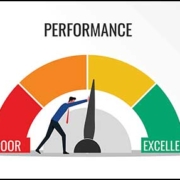Self storage can cut your business costs
Self storage can cut your business costs
Office rents have been rising and adding to business costs.
One way to cut down the amount of space your business needs is to use self storage.
You can rent a small space to keep office records that must be kept but are not in use every day.
You can use it to store stock for when you need it rather than having it all on-site.
You can even use self storage for some small businesses such as a bicycle workshop, or other small-scale business.
It is relatively cheaper than having like a retail store to just do this sort of work.
If you can’t work from home, but don’t want to rent expensive town centre office space, using a storage unit to work in could be the answer.






